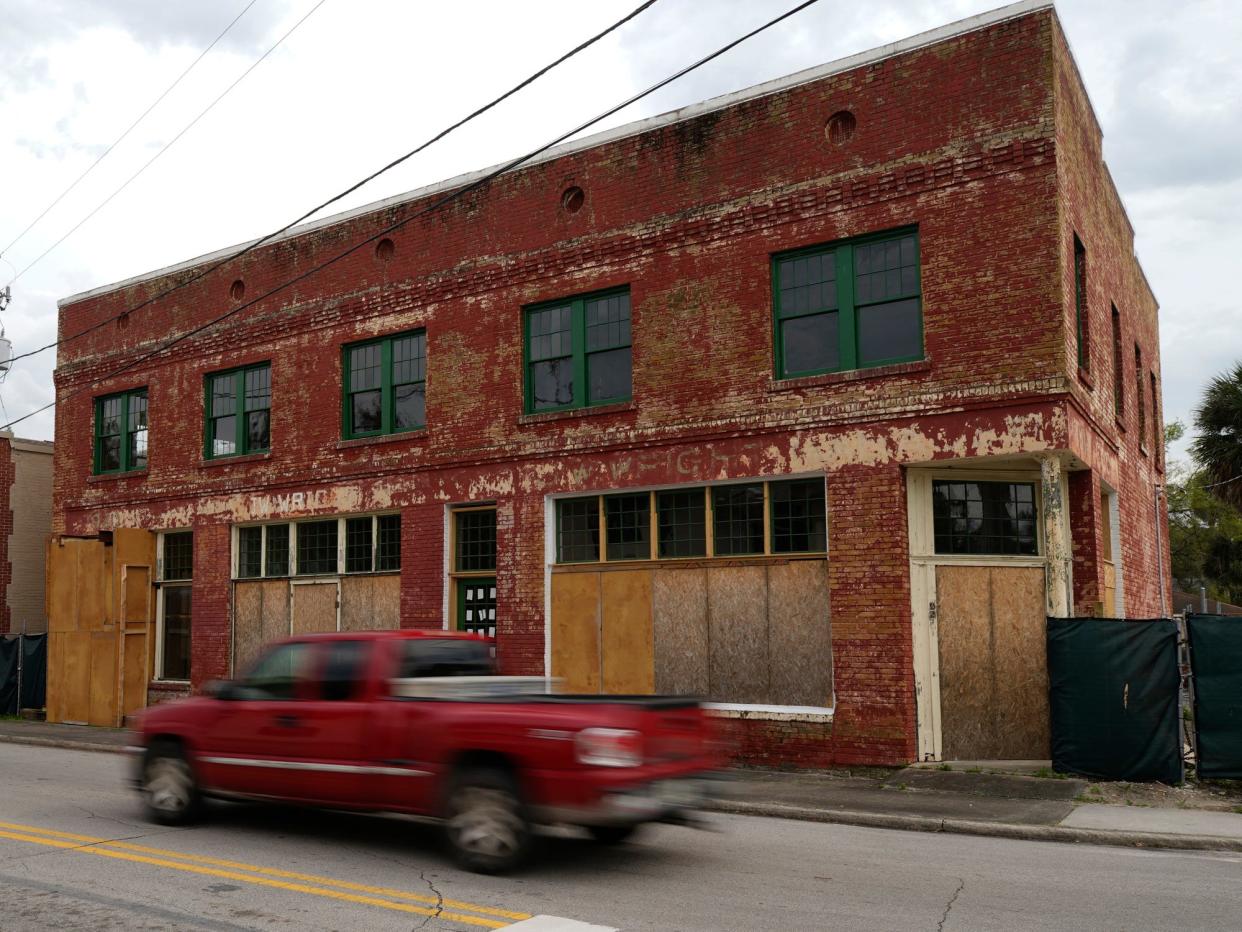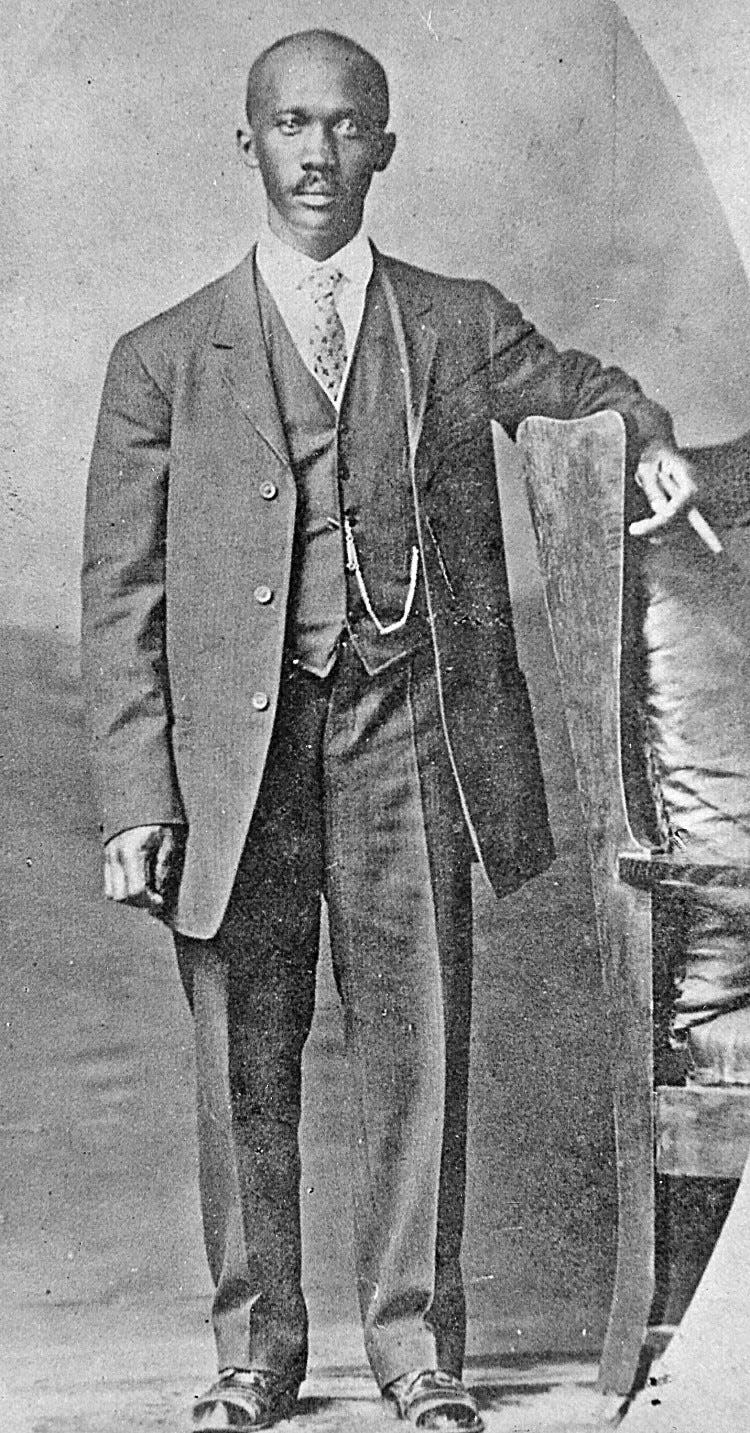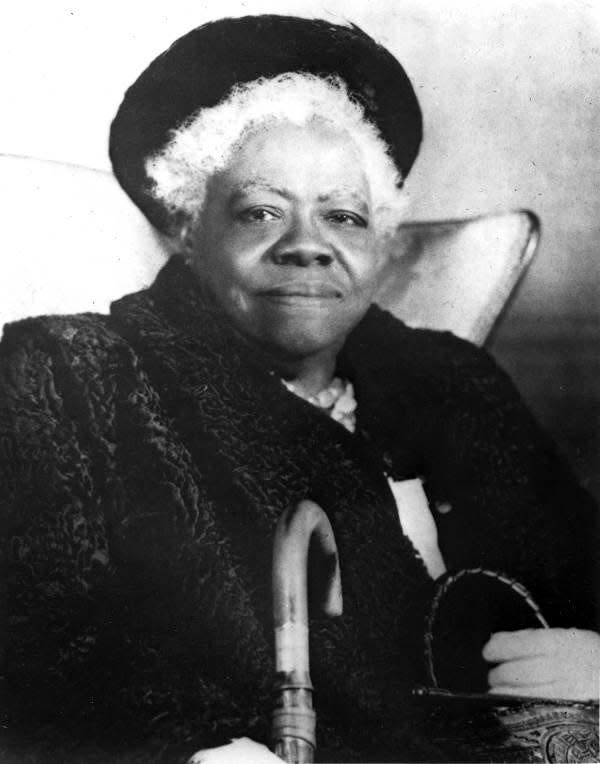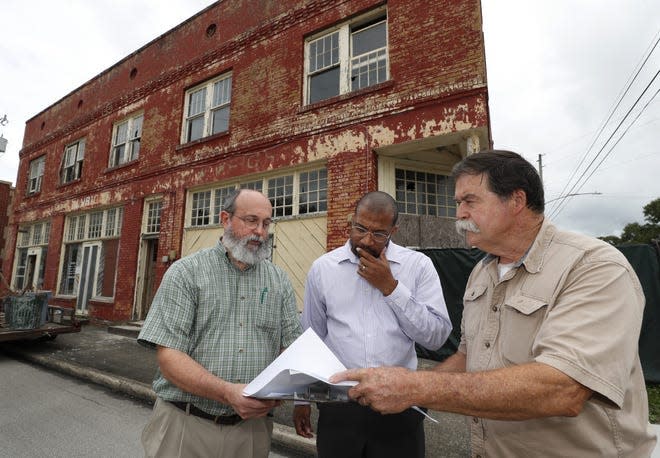10 things to know: J.W. Wright, the DeLand building and the restoration effort

If walls could talk, what might those of the J.W. Wright Building have to say?
At more than 100 years old, they could probably share at least a few stories.
Here are 10 things to know about James W. Wright, the building located at 258 W. Voorhis Ave., that bears his name and the effort to restore it.
1. The namesake

The building was developed by James W. Wright, a Black businessman and agriculturist. For about 60 years, starting toward the end of the 19th century, Wright grew and distributed citrus.
2. Black business
Wright helped develop a number of Black businesses including the DeLand Mercantile Company, which was housed in the building at 258 W. Voorhis Ave.
3. Productive partnerships

Wright regularly joined forces with Mary McLeod Bethune in the 1920s and '30s to create exhibits on Black successes for display at Volusia County fairs.
4. Designated
The J.W. Wright Building received a local historic designation in August 2018. It made the National Register of Historic Places in February 2021.
Making it: DeLand's J.W. Wright Building lands spot on National Register of Historic Places
Related: Wright Building owners hope to restore structure's importance in black community
5. A piece of history
The Wright building is owned by the Greater Union Life Center Inc., a DeLand-based nonprofit. The Greater Union Baptist Church acquired the property with a tax deed in 2016, and the church conveyed the building to the nonprofit with a quitclaim deed two years later.
6. Ranked

The effort to restore the Wright building ranked No. 14 out of just over 150 applications for projects with African-American cultural and/or historic value the state government juried to fund with federal COVID-19 economic stimulus money.
7. Brickwork
The sand-lime bricks, also called sandstone bricks, used to construct the Wright building were made by Black laborers at the Bond Sandstone Brick Company, Inc, in Lake Helen.
8. Restoration costs
While there is much work yet to be done and grant money to be spent, more than $265,000 has so far been put into the building, according to the grant application that recently secured $500,000 for the project.
9. Sizeable space
The Wright building is estimated to be 5,814 square feet, according to the grant application.
10. Till death
Wright managed the building until he died in 1956.
This article originally appeared on The Daytona Beach News-Journal: J.W. Wright: The DeLand building and the restoration effort

